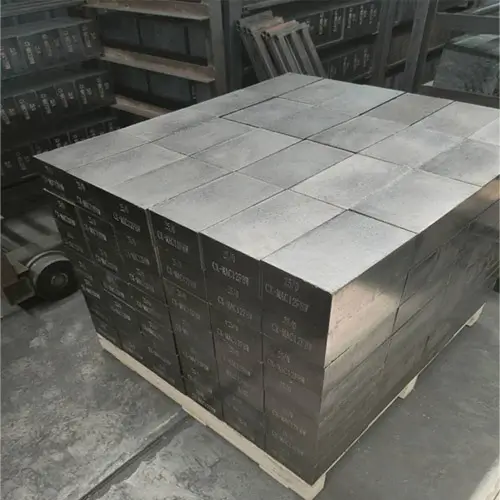In the ladle, due to the complex physical and chemical environment at the slag line, the furnace lining is the most vulnerable to damage. The chemical attack of steel slag on magnesia-carbon bricks is mainly through the dissolution of magnesia and the oxidation of graphite in the fire brick body. Under the combined action of two factors, the magnesia-carbon bricks are damaged.
1.The effect of alkalinity: the lower the alkalinity of the slag, the more beneficial it is to the erosion of the magnesia-carbon bricks. The increase of the alkalinity of the slag will reduce the activity of FeO in the slag, and the decrease of the activity of FeO will lead to the diffusion capacity of FeO.
2.The influence of MgO: Osbom et al. found that the MgO content in the reaction layer of the residual bricks of the LF slag line is very high. When the MgO content in the slag is low, it will affect the magnesia carbon brick. The erosion rate of bricks is very large, and the lower the alkalinity, the faster the erosion of magnesia carbon bricks.
3.The influence of Al2O3: Al2O3 in the slag will reduce the melting point and viscosity of the slag, which greatly increases the penetration and erosion of the magnesia carbon bricks by the slag, and can also corrode the magnesia from the magnesia grain boundary, making periclase Dissociate.
4.The influence of FeO: First, the FeO in the slag can easily react with the graphite in the magnesia-carbon brick at high temperature, and produce bright white iron beads to form a decarburized layer as shown in Figure 1. Secondly, the magnesia will interact with the graphite in the slag. FeO will form a low melting point of rich magnesium body.

In the process of repeated heating and cooling of the ladle, the phase transformation between the magnesium richite and the mafic ore is accompanied by the volume change, which causes cracks in the magnesia on the working surface, which in turn leads to the formation of magnesia. Dissolution, foreign studies believe that the increase in iron content in steel slag is detrimental to the life of magnesia-carbon bricks. Firstly, iron oxides accelerate the oxidation of graphite, and secondly, it increases the solubility of MgO in the slag and accelerates the dissolution of periclase. The combined effect of the two is the erosion of magnesia carbon bricks.
More details about Magnesia Carbon Brick
What are magnesia carbon bricks used for?
MgO-C (magnesia-carbon) refractory bricks are widely used in steel industry, the primary consumer of refractory linings, such as basic oxygen furnaces, electric arc furnaces, and ladle furnaces.
How do you make magnesia carbon bricks?
The raw materials are prepared in a predetermined proportion and mixed in a strong sand mixer. The order of feeding is magnesia aggregate – Binder – graphite – fine powder and additives, and the mixing time is 15 – 45 minutes. In order to mix evenly, phenolic resin is usually heated to 35-45 C before mixing.
What is the raw material for magnesia carbon bricks?
Magnesia carbon refractories are essentially constitute of two highly refractory components i.e. magnesia and graphite. Sea water magnesia is mainly used in SAIL as the main raw material for manufacturing of magnesia carbon bricks. Fused magnesia has also been tried by partially mixing with sea water magnesia.
